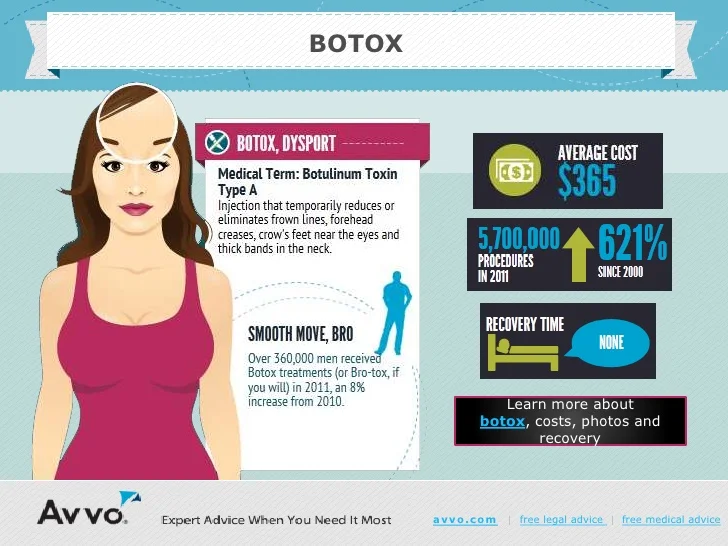Hormonal acne is characterized by clogged pores and oily skin that typically shows up on the chin and jawline. It happens when hormonal adjustments activate inflammation and microbial overgrowth within hair roots.
Outbreaks might look like whiteheads, blackheads, papules or pustules and cysts or blemishes in more severe cases. It is much more common in teens undergoing adolescence however can impact adults of any type of age.
What Triggers Hormonal Acne?
While acne can be triggered by a range of aspects, consisting of utilizing hair and skin care items that aren't oil-free or made with active ingredients that could obstruct pores, hereditary proneness, diet regimen,2 and stress and anxiety, the origin is rising and fall hormonal agents. Hormone acne takes place when the body experiences hormone modifications and changes that cause an overflow of sebum, which triggers inflammation, increased growth of bacteria and adjustments in skin cell task.
Hormone acne is commonly discovered on the lower jawline, cheeks and neck but can appear anywhere on the body. It is identified by imperfections that are cystic, painful and loaded with pus or various other product. It is likewise more likely to occur in females than males, specifically throughout adolescence, the menstrual cycle, pregnancy or menopause.
Age
While several children experience acne at some time throughout adolescence, it can continue to plague grownups well right into their adult years. Known as hormonal acne, this kind of outbreak is connected to fluctuations in hormones and is commonly most usual in ladies.
Hormonal acne takes place when oil glands generate excessive sebum, which clogs pores and traps dead skin cells. This brings about the development of acnes, such as whiteheads, blackheads and papules, pustules, cysts or blemishes, deep under the surface.
This type of imperfection commonly triggers pain, soreness and swelling. It may also be intermittent and appear around the same time every month, such as right before your period begins. This is since levels of women hormonal agents like progesterone and oestrogen vary with each menstruation.
Menstruation
Hormonal acne typically shows up in the lower part of your face, along the jawline and cheeks, as whiteheads, blackheads or inflammatory pimples (acnes and cysts). It's most likely to show up around the moment when your menstrual cycle adjustments.
Particularly around ovulation, when estrogen and progesterone levels get on the rise, hormonal agent changes can cause outbreaks. However it's also feasible to get acne at any kind of factor during your 28-day menstruation.
If you discover that your hormone acne flares up right prior to your duration, try seeing when precisely this happens and see if it connects to the phases of your 28-day menstruation. This will help you identify the root causes of your skin problems. For instance, you may wish to work on stabilizing your blood glucose and removing high-sugar foods, or think about a prescription medication like spironolactone that can manage your hormones.
Maternity
Growing a child is a time of dramatic hormone modifications. For several ladies, this includes a flare-up of hormone acne. This type of outbreak typically starts in the first trimester, around week 6. It's caused by hormonal agent surges that promote sebaceous glands to make even more oil, which can clog pores and trigger even more germs to accumulate.
Breakouts might also take place as a result of pre-existing conditions like polycystic ovary syndrome, which can additionally be a problem while pregnant and menopause. Likewise, some sorts of birth control pills (such as Ortho Tri-Cyclen and YAZ) can cause hormonal acne in some ladies.
Thankfully, a lot of acne treatments are "no-go" for expecting females (consisting of popular acne-fighting components such as isotretinoin and spironolactone). But if you can't stay clear of those irritating bumps, your medical professional may recommend dental erythromycin or cephalexin, which are safe while pregnant.
Menopause
As women approach menopause, the estrogen degrees that caused their hormonal agent acne to flare during the age of puberty begin to stabilize and reduce. At the same time, nevertheless, a spike in androgens (likewise referred to as male hormonal agents) happens due to the fact that these hormones can not be exchanged estrogen as effectively as previously.
The unwanted of androgens can trigger oil manufacturing by the sweat glands, which clogs pores. When the blocked pores come to be inflamed and inflamed, an acne forms.
Hormonal acne is commonly seen on the face, particularly around the chin and jawline, however it can take place on the neck, back, shoulders, or upper body. This type of acne has a tendency to flare in an intermittent pattern, jeuveau vs botox similar to the menstrual cycle. Stress and anxiety, which increases cortisol and throws hormonal agents out of equilibrium, also contributes to the breakouts.
